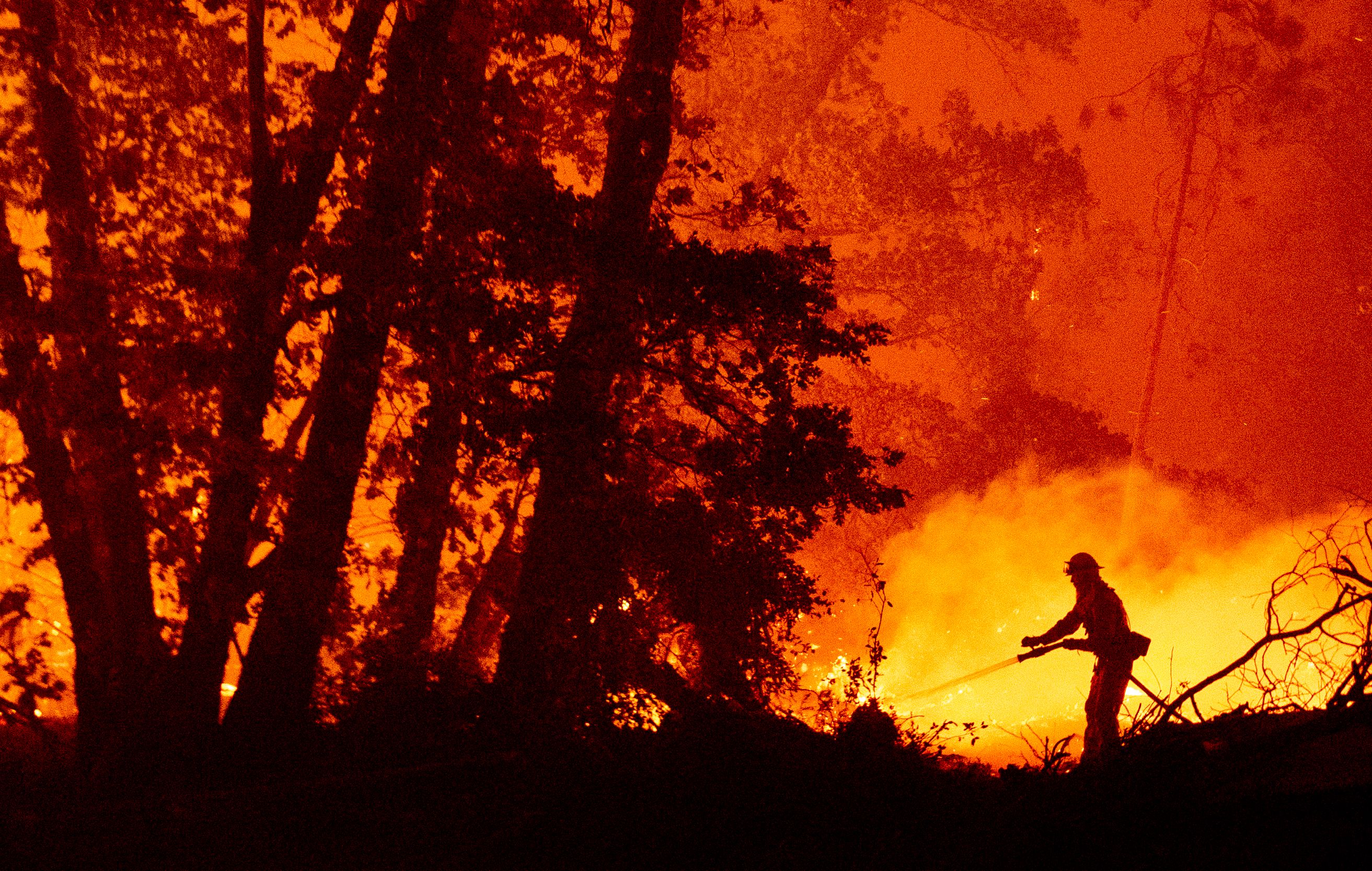A map shows just how poor air quality is due to California’s wildfires. Belen De Leon explains.
What to Know
- Upper-level winds have pushed wildfire smoke from the Greater Bay Area south into Central and Southern California.
- The smoke contains particulate matter much smaller than the diameter of a human hair, allowing it to get deep into lungs.
- Smoke and ozone advisories are in effect for SoCal.
Smoke from wildfires as far away as north of the Bay Area is resulting in poor air quality in Southern California, where skies took on an eerie orange glow as temperatures continued to sizzle.
Several fires in the Greater Bay Area joined to form wildfire complexes that have devastated the region. Homes burned, hundreds of people are under evacuation orders and at least one person has died due to the devastating fires burning in extreme summer heat.
The fires and other blazes closer to Southern California, including the Lake Fire north of Los Angeles, have diminished air quality.
A dramatic satellite image captured Thursday shows the thick plume of smoke drifting hundreds of miles south over a widespread part of Central California and toward Los Angeles. The cloud of smoke extends into much of the U.S. West.

Another satellite image shows conditions just a day earlier.
"The upper-level winds are carrying and transporting all of the smoke in Southern California," said NBC4 forecaster Belen De Leon. "You look outside, and you know something's up."
A smoke and ozone advisory is in effect through Friday. The smoke has what's know as particulate matter (PM) 2.5 -- extremely fine particulates found in wildfire pollution that can get deep into lungs, aggravating asthma and other respiratory problems.

The 2.5 measurement refers to the the particles' size in micrometers. To get an idea of how fine that is, consider that the average human hair is about 70 micrometers in diameter -- that's 30 times larger than the largest fine particle.
"Please take very good care of yourself," said De Leon. "Avoid being outside, not only because it's hot but because we have very smoky air."
The smoke is contributing to a strange orange glow as the sun rises in the San Fernando Valley and other locations.

“Poor air quality is expected throughout the South Coast Air Basin and Coachella Valley,” the agency said. “The ongoing heat wave will result in elevated ozone levels and smoke from the ongoing wildfires in Northern and Southern California will result in elevated levels of fine particulate matter.”
Extreme heat has gripped California for nearly a week. High temperatures are expected over the next few days in SoCal, increasing the likelihood of ground-level ozone, or smog.

Combined with particulate matter and chemicals that help form ozone produced by wildfires, and you get some of the worst air quality SoCal has seen in years.
On Wednesday, air quality levels were in the very unhealthy category.



